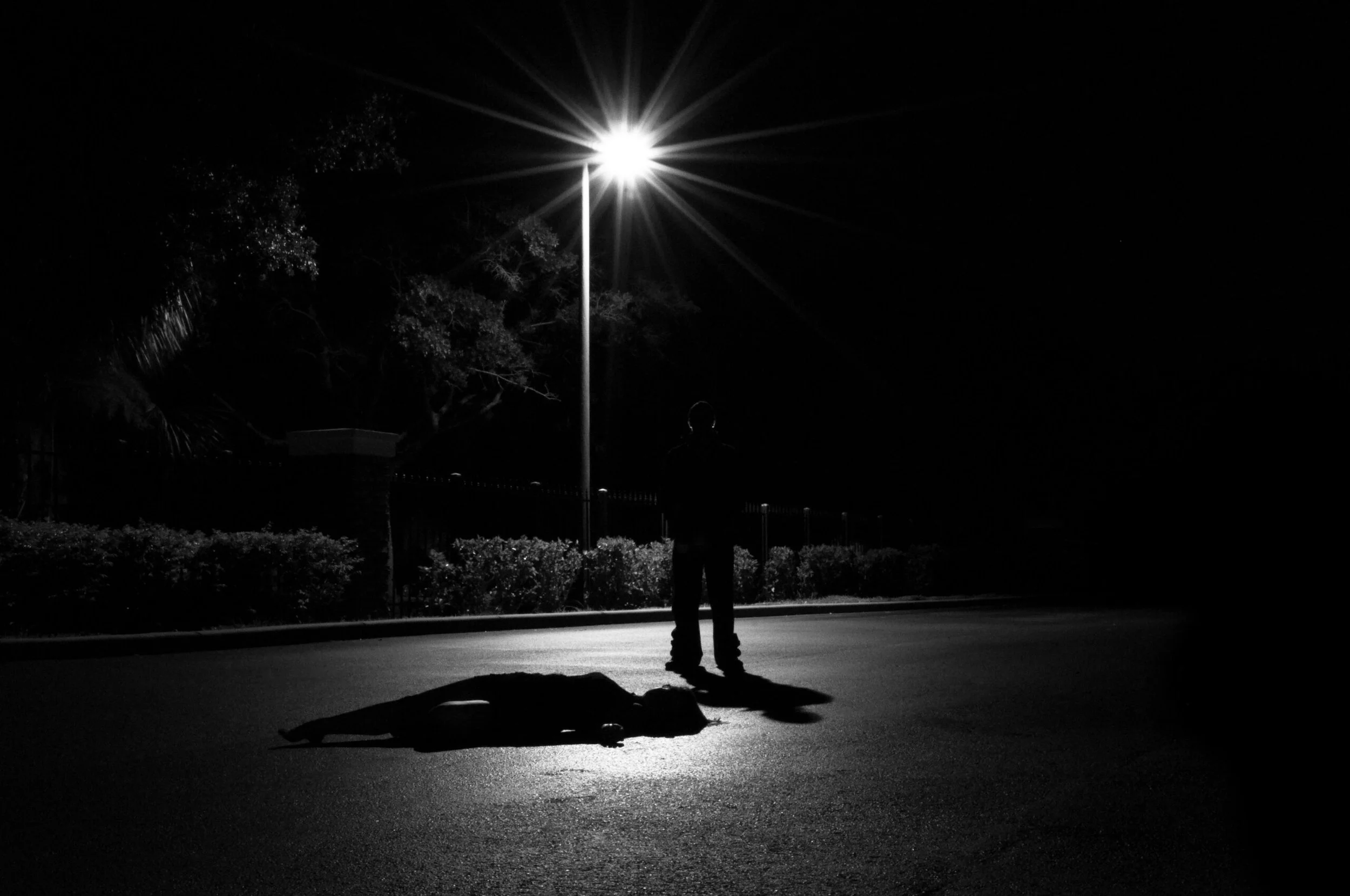By: Australian Institute for Disaster Resilience
This handbook companion document supports Public Information and Warnings (AIDR 2021) and provides guidance on the elements of the Australian Warning System.
The role of warnings in a public information and warning context is to provide point-in-time information about a hazard that is impacting or is expected to impact communities. It describes the impact and expected consequences for communities and includes advice on what people should do.
Previously, there have been different warning systems for different hazard types across Australia. The Australian Warning System was adopted by ANZEMC in March 2021 and aims to provide a consistent warnings approach to Australian communities.
The system is a three-level scaled warning system and includes a nationally consistent set of hazard icons for each warning level to show warnings on various publishing platforms (e.g. websites and apps) and provides calls to action. There are icons for cyclone, bushfire, flood, extreme heat, storm, and other. There is a consistent shape and colour scheme, with icons increasing in size as the warning level increases.
Each warning level is to be combined with an action statement to give the community clearer advice about what to do. Calls to action can be used flexibly across all three warning levels and contextualised for each hazard within each state or territory.
The system builds on existing warning frameworks and applies to bushfire, flood, severe storm, cyclone and extreme heat – but is designed to be adaptable and scalable to other hazards.
(AIDR 2021)







